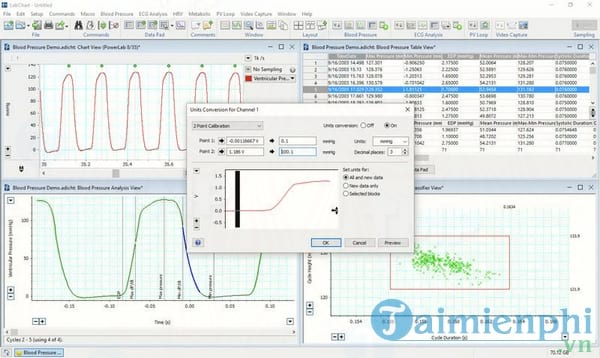

Magnusson & Hilborn, 2003) and birds ( Tringa spp. At the level of individuals, loss or degradation of habitat can be correlated with lower body condition and survival rate in fish (i.e. Species that show high habitat specificity, those structured in small populations and/or with limited dispersal capability are especially vulnerable to habitat degradation or loss at population and metapopulation levels (Hylander & Ehrlén, 2013 Purvis et al., 2000). if local population extinctions are balanced by establishment of new populations Hylander & Ehrlén, 2013).

the rate at which individuals survive or are replaced by recruits) and metapopulation levels (i.e. survival rates during different life stages), population (i.e. Mechanisms controlling the persistence of the original species in the new conditions can operate at several organisational levels: individual (i.e. Habitat loss or degradation alters the living conditions for populations associated with the habitat (Ellison et al., 2005 Hughes et al., 2009). Habitat loss and fragmentation are major threats to biodiversity maintenance in marine ecosystems (Fahrig, 2003 Hoekstra et al., 2005 Mantyka-Pringle et al., 2012). This could be critical in species with small body sizes and/or higher mass-specific metabolic rates (Kooijman, 2010 Peters, 1983) such as small-sized fishes (Brandl et al., 2018, 2020). interaction with competitors and predators, or presence in sub-optimal habitat). in search for prey) or to face stressful situations (i.e. In addition to direct mortality, these changes in the biotic environment of organisms may have consequences on individual energy budgets if organisms are required to allocate more energy to movement (i.e. Indirect effects of environmental change on organisms may stem from the reduction of prey availability, increased competition or predation pressure, or the destruction of their habitat. heat waves that surpass the maximum temperature tolerated by a population Freitas et al., 2010 Smale et al., 2019) but they have physiological and behavioural mechanisms to attenuate the effects of the changes (Helmuth et al., 2005 Kearney et al., 2009). Organisms may be directly affected by changing environmental conditions (i.e. Climate change, eutrophication, hypoxia or habitat destruction are some of the ongoing processes that result in biodiversity loss and the impairment of ecosystem functioning. Global change, the cumulative anthropogenic effects of local and global activities, is a multifaceted process that poses major risks to species and ecosystems.
#LABCHART READER FINDING SLOPE FREE#
Increased energy expenditure is thus another impact on fishes as seagrass beds and other structural habitats continue to decline in coastal areas.Ī free Plain Language Summary can be found within the Supporting Information of this article. typhle are potentially more resilient to vegetation changes. ophidion showed the highest seagrass shelter dependence and vulnerability, while S. In this work, we demonstrate the reliance on seagrass hydrodynamic shelter of four species of pipefish.Most of the individuals of all species were unable to maintain position in velocities of 15–18 cm/s on sand substratum. ophidion, Syngnathus rostellatus and Syngnathus typhle showed two behavioural responses to currents: holding on to the seagrass canopy, and moving to areas where the current was lower (i.e. Seagrass canopies reduced flow velocities by 7%–44%, which increased the overall current exposure that pipefish tolerated. Ventilation frequency was consistently higher when they swam on sand substratum compared to seagrass substratum for all species, and this was especially noticeable for the species with prehensile tails (i.e.Using a hydrodynamic flume, we then experimentally tested the effect of current velocity and substrate (seagrass or sand) on ventilation frequency and behaviour. We correlated ventilation frequency with metabolic rate in four pipefish species, to be able to estimate metabolic rates in free-swimming fish. Here we demonstrate that loss of seagrass beds increases water current velocity, which impacts associated pipefishes through increased energy expenditure.The impact of this change in hydrodynamics on the energy expenditure of animals is largely unknown. The decline of biogenic habitat structure, such as in kelp forests, coral reefs, mangroves or seagrass beds, often causes a local increase in water flow velocity and wave exposure. The deterioration of coastal habitats cascades to the decline of associated fauna by reducing trophic resource availability, shelter from predators and nursery grounds.


 0 kommentar(er)
0 kommentar(er)
